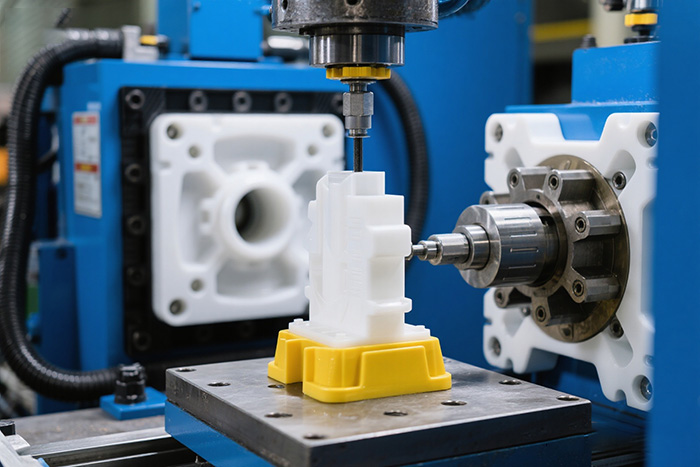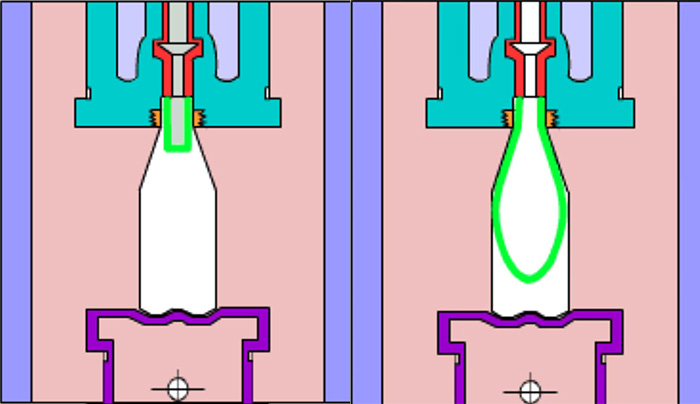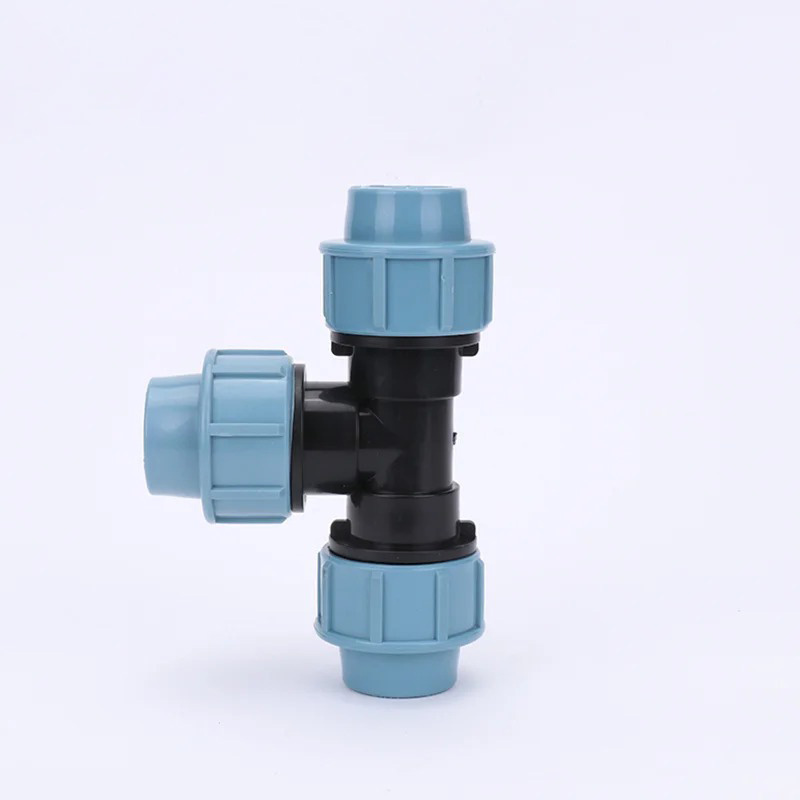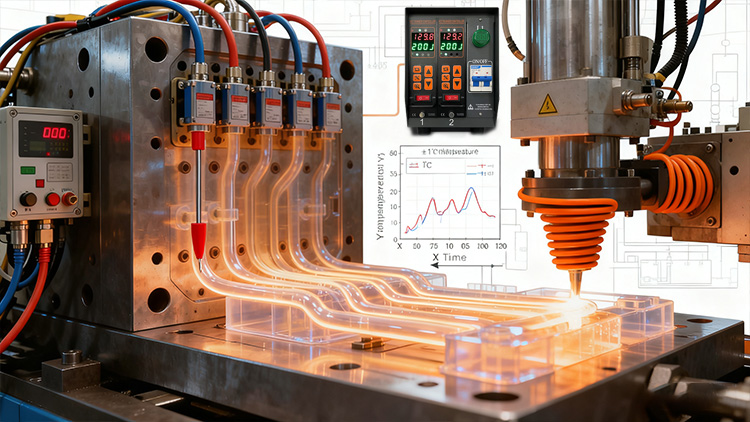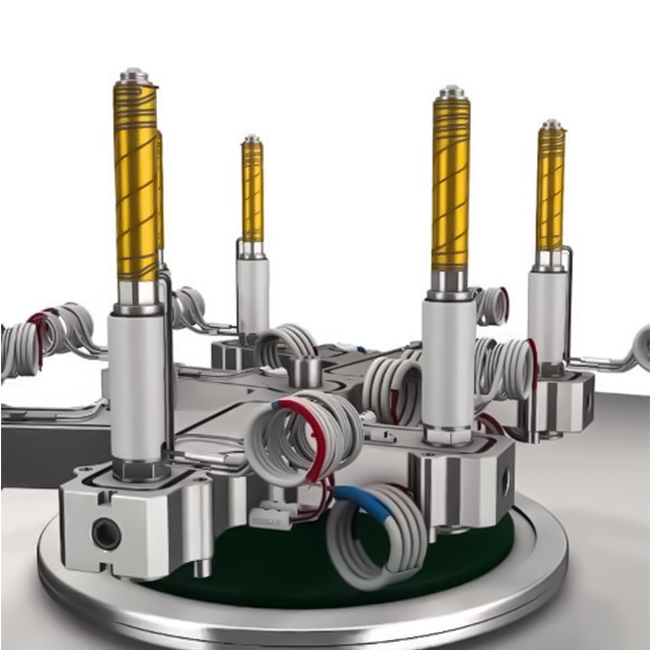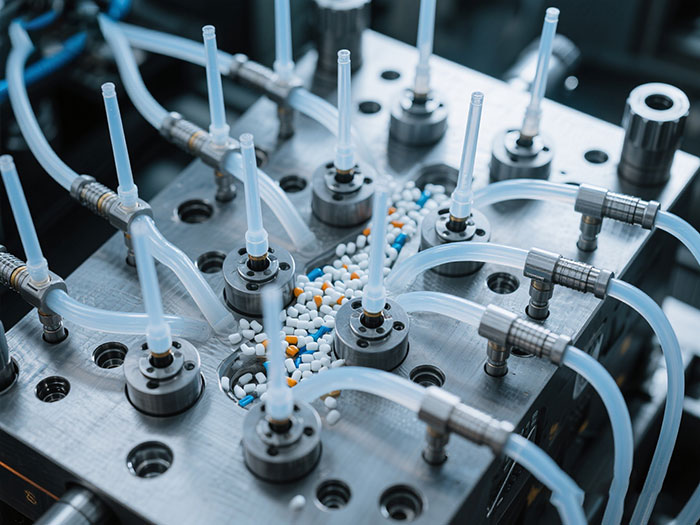Understanding Temperature Control Devices: How They Work and Their Importance
2025-03-13
Introduction
In the high-stakes world of plastic manufacturing, temperature control devices like “injection mold temperature controllers” and “hot runner temperature control systems” are critical to achieving precision, efficiency, and product consistency. These systems ensure that molten plastic flows smoothly, cools uniformly, and maintains structural integrity—factors that directly impact production costs and product quality. For industries like automotive and medical device manufacturing, precise temperature control is not just an advantage—it’s a necessity .
How Temperature Control Devices Work
Injection Mold Temperature Controllers
These devices regulate the temperature of molds during the injection process. They circulate thermal oil or water through the mold to maintain a precise temperature range (e.g., up to 200°C in oil-based systems). Advanced models use “PID control algorithms” to minimize temperature fluctuations and integrate features like LCD displays, Siemens control components, and auto-ventilation for stability .
Hot Runner Temperature Control Systems
Hot runners act as extensions of the injection machine nozzle, delivering molten plastic to molds without solidifying. “Modular designs”, such as those with integrated manifolds and hydraulic lines, reduce heat loss and energy consumption. For example, embedded heaters and polished flow channels prevent material stagnation and degradation .
Key Advantages of Modern Temperature Control Systems
Precision and Stability
High-Precision Sensors: Programmable modules use microcontrollers and sensors to detect temperature deviations as low as ±0.1°C, crucial for **medical or automotive parts** .
PID vs. On/Off Control: PID controllers dynamically adjust heating/cooling, outperforming traditional on/off systems in maintaining uniformity .
Energy Efficiency
Oil-based mold controllers with indirect cooling reduce power consumption by 20–30% compared to conventional systems .
Modular hot runners minimize heat transfer to molds, lowering energy waste .
Modular Design for Easy Maintenance
Pre-configured hot runner units (e.g., nozzles, manifolds) allow quick removal for repairs without disassembling the entire mold .
Alarm systems detect issues like phase reversal or overheating, preventing costly downtime .
Critical Applications Across Industries
Automotive Manufacturing
Hot runner systems enable complex designs like thin-walled bumpers and engine components by eliminating weld lines and reducing cooling time.
Case Study: A stacked-hot-runner mold for cylinder head outlets reduced cycle time by 15% and improved dimensional accuracy .
Medical Device Production
Medical-grade controllers adhere to strict compliance standards, ensuring sterile environments and defect-free syringes or IV components .
Packaging Solutions
Hot runner systems optimize thin-wall packaging production by maintaining consistent melt flow, reducing material waste by up to 40% .
Addressing Common Challenges
Overheating and Maintenance
Prevention: Regular calibration of thermocouples and using “explosion-proof heaters” prevent system failures .
Troubleshooting: Modular hot runners simplify repairs—for example, replacing a faulty nozzle takes 30% less time than traditional systems .
Choosing the Right System
Cost-Benefit Analysis: Automated mold controllers offer a 12–18 month ROI through reduced scrap rates and energy savings .
Vendor Selection: Prioritize manufacturers with ISO 9001 certification and modular component compatibility to avoid supply chain delays .
FAQ
Q1: How do hot runner systems improve automotive part quality?
A: By eliminating weld lines and ensuring uniform melt flow, hot runners enhance the structural integrity of components like bumpers and engine parts .
Q2: What is the difference between PID and on/off temperature control?
A: PID controllers adjust heating/cooling dynamically for ±0.1°C precision, while on/off systems cycle between full power and shutdown, causing fluctuations .
Q3: How can I reduce energy costs in injection molding?
A: Use oil-based temperature controllers with indirect cooling and modular hot runners to minimize heat loss .
Conclusion
From automotive giants to medical suppliers, temperature control systems are indispensable for modern manufacturing. By investing in “energy-efficient injection mold controllers” and “modular hot runner systems”, businesses can achieve higher precision, lower operational costs, and faster production cycles. Emerging technologies like IoT integration and AI-driven predictive maintenance will further revolutionize this field, making temperature control smarter and more adaptive .
